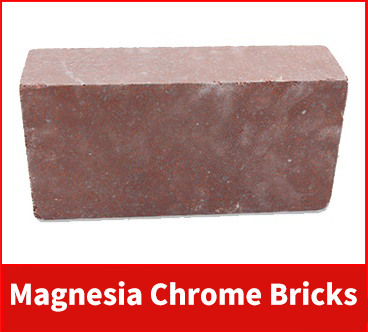The smelting of lead is basically carried out by the sintering blast furnace method (i.e. roasting-reduction smelting method). The furnace types are blast furnace, lead-zinc closed blast furnace, oxygen bottom blowing lead smelting (QsL) furnace and Kivset (KIVCET) direct lead smelting furnace.
Refractory materials for lead-zinc closed blast furnace This furnace is a new type of furnace that combines lead smelting furnace and zinc smelting furnace to treat lead-zinc oxide ore or lead-zinc mixed sulfide ore. It is a thermal equipment that can directly smelt and produce lead and zinc. The lead-zinc closed blast furnace is mainly composed of a closed blast furnace, a condenser, i.e. a lead mist chamber and a flue, and is connected to a lead-zinc fine refining device.
The standard furnace is equipped with 36 tuyere, and the tuyere area is about 10m2. The working layer of the furnace lining and the lining of the water-cooled plate of the furnace waist of the furnace are generally built with magnesia chromium bricks. The non-working layer of the furnace and the lining of the furnace body are built with clay bricks and dense clay bricks. The furnace roof and the ramp lining at the connection with the lead mist chamber are generally cast on site with high-alumina cement refractory castables, and can also be made into prefabricated blocks for hoisting and masonry. The bottom and top of the lead mist chamber are built with dense clay bricks or cast with high-strength refractory castables. The side walls are subjected to the scouring and chemical erosion of lead mist, and are damaged quickly. They need to be built with clay combined with silicon carbide bricks. The rotor and shaft in the lead mist chamber are made of graphite or silicon carbide materials. The flue and other parts are built with ordinary clay bricks.
The service life of the furnace is generally 3~4 years. The linings of the charging port, furnace waist, air door area and slag line area are more easily damaged, and minor repairs are required several times in each furnace service. The life of the lead mist chamber and flue and other parts is equivalent to several furnace services, but the rotor and shaft need to be replaced many times. The bottom and top of the lead-zinc separation chamber are generally built with clay bricks or dense clay bricks, the non-working layer of the side wall is built with clay bricks, and the working layer is built with magnesia-chrome bricks. The bottom of the lead liquid flow trough and the lead outlet trough is built with high-alumina bricks with an Alz0. content of 65%, and the trough wall is built with magnesia-chrome bricks or chrome bricks. The flow trough can also be cast with refractory castables of the same material to form a trough lining with strong integrity. The trough cover is prefabricated with high-alumina cement refractory castables. The lining of the lead-zinc separation chamber and the flow trough is in good condition, less damaged, and can work for several furnaces. The lining of the combustion chamber, heat exchanger chamber and chimney of the lead tower and brocade tower is generally built with clay bricks, which can also be used for several furnaces.



